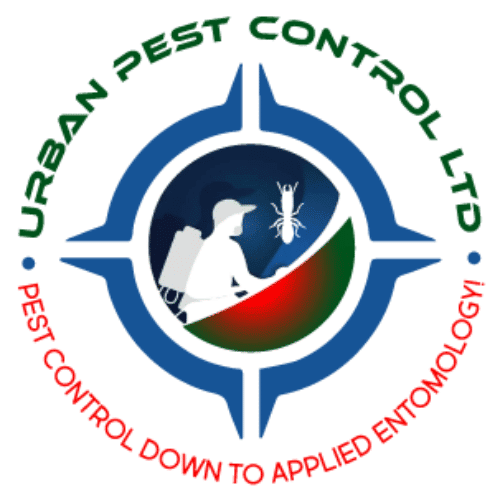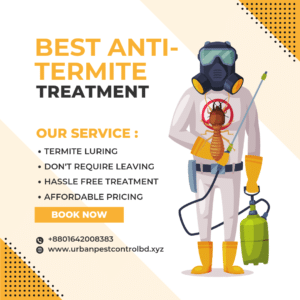House keppar pest control Mention the common types of pests that may infest a house (e.g. ants, cockroaches, mice)
Explain the importance of pest control in maintaining a healthy and safe living environment
Signs of a pest infestation:
Mention common signs of a pest infestation House keppar pest control, such as seeing live or dead pests, finding droppings or nests, or noticing damage to walls or furniture
Explain that it’s important to address a pest infestation as soon as possible to prevent it from getting worse
- Pest control options:
- Discuss the various options for pest control, including:
- Do-it-yourself methods, such as using traps or bait stations
- Chemical pest control products, such as sprays or foggers
- Professional pest control services, which involve a trained technician coming to your home to assess the problem and apply treatments
- Mention the pros and cons of each option, and give recommendations on which may be the most effective and safe for your specific situation
- Preventing future pest infestations:
- Discuss ways to prevent future pest infestations, such as sealing up entry points, keeping food stored properly, and maintaining a clean and clutter-free living space
- Mention the importance of regular inspections and maintenance to catch any potential problems before they become serious infestations
- Conclusion:
- Recap the importance of pest control for a house and the various options available
- Encourage readers to address any pest issues as soon as possible and take preventive measures to avoid future infestations
- Mention any additional resources or information that may be helpful for readers looking to control pests in their home.
- Mention the common types of pests that may infest a house, such as ants, cockroaches, mice, and termites
- Explain the importance of pest control in maintaining a healthy and safe living environment. Pests can carry diseases, cause damage to your home, and create an unpleasant living situation.
- Signs of a pest infestation:
- Mention common signs of a pest infestation, such as seeing live or dead pests, finding droppings or nests, or noticing damage to walls or furniture
- Explain that it’s important to address a pest infestation as soon as possible to prevent it from getting worse. The longer an infestation goes on, the more difficult it may be to get rid of the pests and the more damage they may cause.
III. Pest control options:
- Discuss the various options for pest control, including:
- Do-it-yourself methods, such as using traps or bait stations: These methods can be effective for certain types of pests, such as mice or ants. However, they may not be as effective for more serious infestations or for pests that are harder to control, such as termites or bed bugs.
- Chemical pest control products, such as sprays or foggers: These products use chemicals to kill or repel pests. They can be effective in certain situations, but they may also pose risks to humans and pets if used improperly. It’s important to follow the instructions carefully and use the products in a well-ventilated area.
- Professional pest control services: These services involve a trained technician coming to your home to assess the problem and apply treatments. Professional pest control services may be more expensive than other options, but they can be effective for more serious infestations or for pests that are difficult to control. They may also use safer and more targeted treatments than over-the-counter products.
- Mention the pros and cons of each option, and give recommendations on which may be the most effective and safe for your specific situation. For example, if you have a serious infestation of termites, a professional pest control service may be the best option. However, if you only have a few ants in your kitchen, a do-it-yourself trap may be sufficient.
- Preventing future pest infestations:
- Discuss ways to prevent future pest infestations, such as:
- Sealing up entry points: Pests can enter your home through small cracks or openings in the walls or foundation. Check the exterior of your home for any potential entry points and seal them up with caulk or other materials.
- Keeping food stored properly: Pests are often attracted to food, so it’s important to store food in sealed containers and dispose of garbage regularly.
- Maintaining a clean and clutter-free living space: A clean and organized home is less attractive to pests and makes it easier to spot any potential infestations.
- Conclusion:
- Recap the importance of pest control for a house and the various options available
- Encourage readers to address any pest issues as soon as possible and take preventive measures to avoid future infestations
- Mention any additional resources or information that may be helpful for readers looking to control pests in their home. This could include websites or apps for identifying pests, information on the most effective pest control methods for specific types of pests, or tips for finding a reputable pest control company


